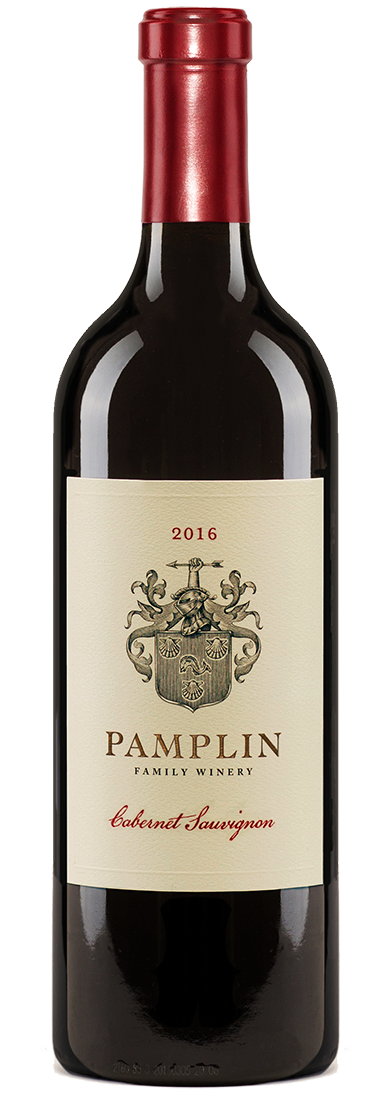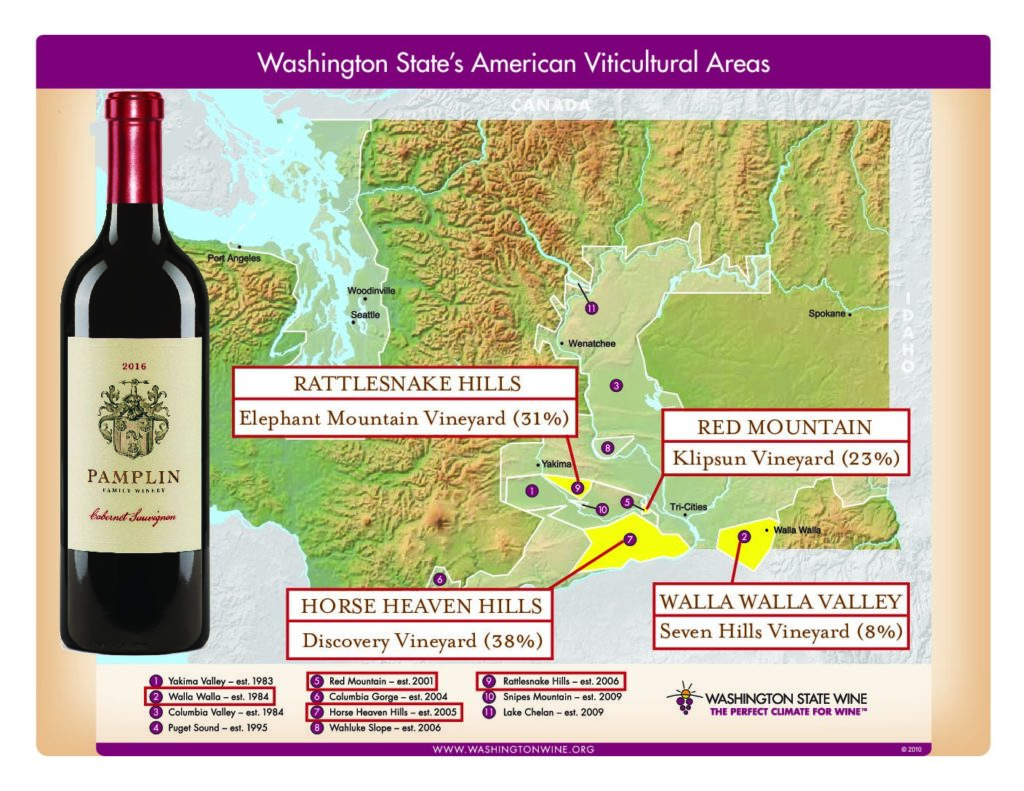
2016 Cabernet Sauvignon
Bud break in 2016 was a good two weeks ahead of schedule. This can be a good thing if you are worried about ripening a large crop or it can be problematic if the weather turns nasty during bloom resulting in poor fruit set (reduced crop yield) or even worse, a late spring frost can turn beautiful, light green shoots into crispy corn flakes. Luckily, the weather cooperated and we made it to Mother’s Day (the traditional end of “winter” in the Columbia Valley) without any frost events. The rest of the vintage was characterized by very moderate temperatures through June and July and a hot/cool pattern in August. This moderated weather combined with an early start resulted in our earliest harvest to date. 2016 is a great year for Cabernet Sauvignon fruit. The 2016 wines have the tannin density of the 2012’s, the concentration of the 2013’s and the fruit purity of the 2015’s. I cannot wait to see how these wines develop over the next 20 years.
Blend Details
100% Cabernet Sauvignon
Appellation
38% Horse Heaven Hills
31% Rattlesnake Hills
23% Red Mountain
8% Walla Walla Valley
Vineyards
38% Discovery
31% Elephant Mountain
23% Klipsun
8% Seven Hills
Aging Profile
20 months in new (15%), single use (70%) and neutral (15%) French oak barrels
Harvest Dates
September 27 – October 5, 2016
Alcohol
14.3%
Release Date
Spring, 2021
Production
302 cases of 750mL bottles
60 1.5L bottles

Rich garnet color, plum and chocolate nose, lush, intense, plum berries, spice and chocolate, long and balanced.

The 2016 Cabernet Sauvignon from Pamplin Family is again made entirely from this grape variety and was probably raised in about a third new oak. The wine is a whisper riper than its 2017 sibling, coming in at 14.3 percent octane and delivering a superb aromatic constellation of cassis, black cherries, cigar ash, a bit of coffee bean, dark soil, incipient notes of dried eucalyptus, currant leaf and a nice touch of cedary oak. On the palate, the wine is deep, full-bodied and more broad shouldered than the 2017 version, with a rock solid core of fruit, firm, well-integrated tannins, fine focus and grip and a long, poised and still quite primary finish. This is every bit as old school in personality as the 2017, but it is also from a more brooding vintage and will demand more bottle age before it starts to soften up and drink with generosity. It should prove to be extremely long-loved and at its peak, every bit as enjoyable as the lovely 2017 version. (John Gilman)

